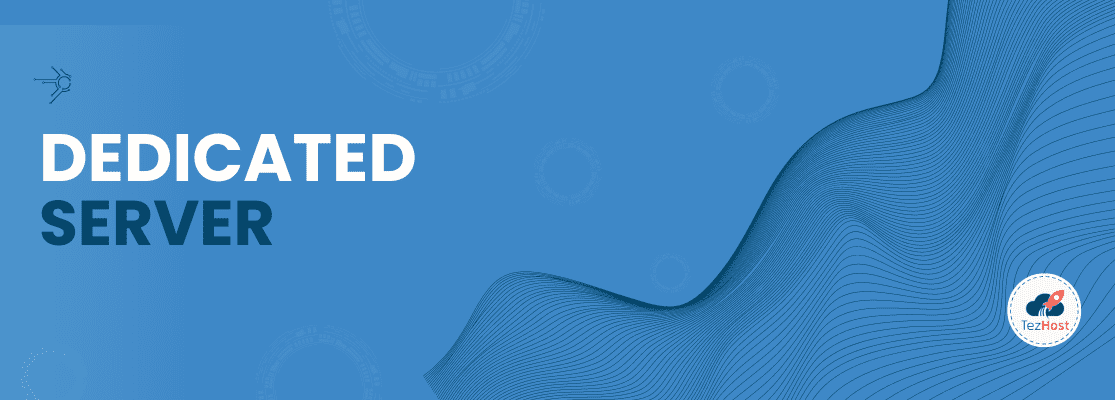
Cheap Dedicated Server Hosting
Variety of Dedicated Servers including AMD Ryzen and Intel processors at low cost. Every dedicated server package has its own unique features which are optimized for better performance in different situations.
Intel Boost 1
100
/Mo
Ideal for small to medium-sized businesses and individuals seeking budget-friendly dedicated server hosting with reliable performance and customizable options.
- Intel® Core i5-13500 CPU
- RAM:64 GB DDR4
- 2 x 512 GB (Gen4) NVMe SSD Hard Disk
- 14-Core Raptor Lake-S Hyper-Threading Technology Virtualization (Intel-VT) CPU-Details
- Yes 1 GBit/s-Port
- Free Linux OS
- Optional Windows OS
- Optional cPanel or Plesk
Intel Boost 2
150
/Mo
Perfect for businesses requiring enhanced processing power and performance in their dedicated server hosting solution, with ample resources and flexibility for managing diverse workloads.
- Intel® Core i9-13900 CPU
- RAM:64 GB DDR5 ECC
- 2 x 1.92 TB (Gen4) NVMe SSD Hard Disk
- 24-Core Raptor Lake-S Hyper-Threading Technology Virtualization (Intel-VT) CPU-Details
- Yes 1 GBit/s-Port
- Free Linux OS
- Optional Windows OS
- Optional cPanel or Plesk
Intel Boost 3
380
/Mo
Ideal for enterprise-level applications and demanding workloads, offering powerful server capabilities and scalability for managing complex hosting environments.
- 2 x Intel® Xeon® SP Silver CPU
- RAM:64 GB DDR4 ECC
- 2 x 1.92 TB NVMe SSD Hard Disk
- 10-Core @ 2.20GHz Skylake Hyper-Threading Technology Virtualization (Intel-VT) CPU-Details
- The memory can optionally be increased up to max. 768 GB DDR4 ECC (at additional cost) RAM-Details
- Dell PERC H730P 10 Port SATA 12 GBit/s RAID RAID Controller
- Yes 1 GBit/s-Port
- Free Linux OS
- Optional Windows OS
- Optional cPanel or Plesk
Intel Boost 4
560
/Mo
Ideal for enterprises demanding top-tier performance and scalability in their dedicated server hosting, featuring advanced hardware and customizable options for optimal infrastructure management.
- 2x Intel® Xeon® Gold 6438Y+ CPU
- RAM:64 GB DDR5 ECC
- 2 x 3.84 TB NVMe SSD Hard Disk
- 32-Core, Sapphire Rapids Hyper-Threading Technology Virtualisierung (Intel-VT) CPU-Details
- The memory can optionally be increased up to max. 1.024 GB DDR5 ECC (at additional cost) RAM-Details
- Dell PERC11 H755 10-Port SATA 6 GBit/s RAID RAID Controller
- Yes 1 GBit/s-Port
- Free Linux OS
- Optional Windows OS
- Optional cPanel or Plesk
AMD Power 1
100
/MoIdeal for businesses needing robust performance for general-purpose applications and web hosting with substantial storage.
- AMD Ryzen 5 3600 CPU
- RAM:64 GB DDR4
- 2 x 2 TB HDD Hard Disk
- Hexa-Core Matisse (Zen2) Simultaneous Multithreading Virtualisierung (AMD-V) CPU-Details
- Yes 1 GBit/s-Port
- Free Linux OS
- Optional Windows OS
- Optional cPanel or Plesk
AMD Power 2
100
/MoPerfect for those requiring faster data access speeds and improved performance for database management and high-traffic websites.
- AMD Ryzen 5 3600 CPU
- RAM:64 GB DDR4
- 2 x 512 GB NVMe SSD Hard Disk
- Hexa-Core Matisse (Zen2) Simultaneous Multithreading Virtualisierung (AMD-V) CPU-Details
- Yes 1 GBit/s-Port
- Free Linux OS
- Optional Windows OS
- Optional cPanel or Plesk
AMD Power 3
145
/MoGreat for developers and companies running resource-intensive applications and complex computations needing high processor.
- AMD Ryzen 7 7700 CPU
- RAM:64 GB DDR5
- 2 x 1 TB NVMe SSD Hard Disk
- Octa-Core Raphael (Zen 4) Simultaneous Multithreading Virtualisierung (AMD-V) CPU-Details
- Yes 1 GBit/s-Port
- Free Linux OS
- Optional Windows OS
- Optional cPanel or Plesk
AMD Power 4
223
/MoOptimal for enterprises demanding top-tier performance for AI, big data analytics, and high-frequency trading applications.
- AMD Ryzen 9 7950X3D CPU
- RAM:128 GB DDR5 ECC
- 2 x 1.92 TB NVMe SSD Hard Disk
- 16 Core Raphael (Zen 4) with AMD 3D V-Cache™ Technology Simultaneous Multithreading Virtualization (AMD-V) CPU-Details
- Yes 1 GBit/s-Port
- Free Linux OS
- Optional Windows OS
- Optional cPanel or Plesk







